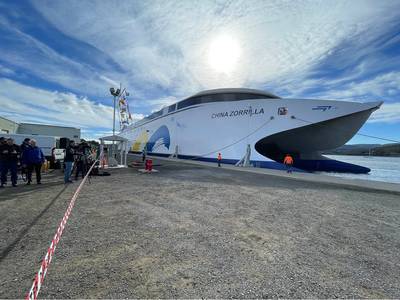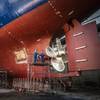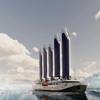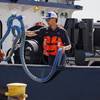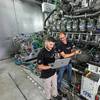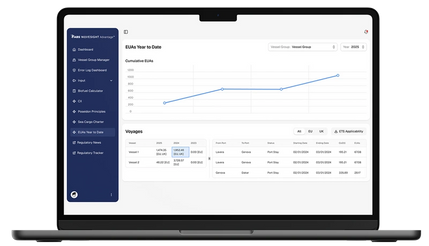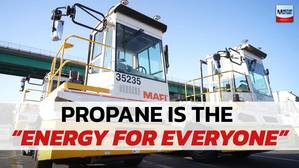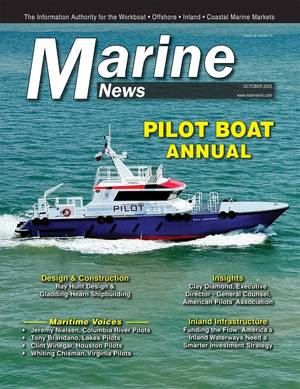250 Tons of Electric Power
The electric ferry Ampere went into service in 2015. It was the world’s first electric ferry, and it has now sailed the equivalent of over 17 times around the equator.
The 80-meter vessel boasts about 11 tons of battery system.
This month, the world’s largest electric ferry built to date was launched at Incat in Tasmania, Australia. This 130-meter vessel boats 250 tons of battery system. The electrical system integration is by Wärtsilä and battery system by Corvus Energy.
In the May issue of Maritime Reporter magazine, Philip Lewis, Director of Research at Intelatus, looks at the current state of electric and hybrid-electric propulsion, reporting that about 65% of all operational and on order vessels are recorded as hybrid, where the batteries are charged by the main engines. A further 17% of the segment are plug-in hybrids that feature charging connections that allow for charging in port or at offshore locations. Pure electric vessels that feature only batteries account for 17% of the segment.
“It is comparatively easier to plan for 100% battery electric operations for vessels operating on a fixed route or close to charging infrastructure. But where vessels risk being away from charging infrastructure then the need to charge from internal combustion engines increases,” says Lewis.
To date, batteries have featured in the short-sea shipping segments most suited to battery operations, including ferries, offshore oil & gas and wind support and tugs.
The number of vessels is growing.
The Port of Antwerp-Bruges in Belgium has launched its first fully electric tug, Volta 1, and Sanmar has six fully electric tugs under construction.
And this week, NYK unveiled Japan’s first fully battery-driven work vessel, the 9-meter e-Crea. The vessel highlights some of the technical challenges faced by all electric vessels, with NYK saying: “Following the installation of the electric propulsion system, including substantial battery modules in the hull, the vessel’s weight exceeded initial projections. To maintain proper balance, the team reconfigured equipment placement and cabling, thereby optimizing internal space and ensuring safe, stable navigation.”
As Lewis says: “Battery systems required to power 100% of vessel operations are generally physically quite large and heavy, impacting on the ship’s design.”
With every newbuild delivered, the diversity of electric vessels is increasing. This week, CMA CGM launched the first fully electric container barge in Vietnam, supported by the construction of a solar-powered charging station.
With the combination of electric barge, solar farm and on-site charging station, CMA CGM is providing NIKE with a tailored, efficient and emissions-free logistics solution.
It is also overcoming one of the key challenges to fully electric operation that Lewis highlights: “Given the IMO direction to reduce emissions on a well-to-wake basis, how electricity is produced remains a key challenge to certifying that a vessel is carrying and converting energy that is truly zero or low-emission.”
Also this week, another opportunity for zero well-to-wake emissions was reported by Corvus Energy. The company is providing battery systems for four new BC Ferries vessels that will be fully-electric capable, with the batteries charged using renewable energy from shore in Canada.
Beginning with the first zero-emission ferry, Ampere, Corvus systems have been selected for more than 100 short-distance hybrid and all-electric ferries globally.




